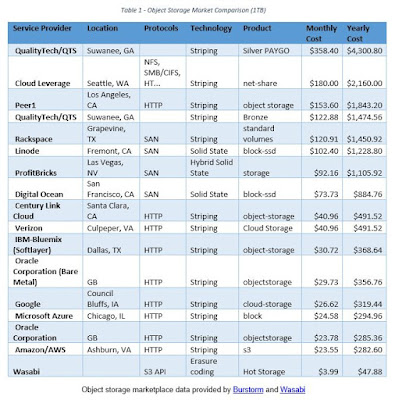By Kevin Jackson
& Dez Blanchfield
Digital Transformation often needs Intelligent Automation. This type of change is the focus of a recent “Pioneers of Possible” podcast. In discussion with Elli Hurst - Vice President, Global Automation - IBM Global Business Services (GBS), Dez Blanchfield finds out how her life’s journey inspires her in helping IBM clients use Intelligent Automation to enable globally integrated capabilities.
With six years at Price Waterhouse and 24 years at IBM, Elli
seems to have moved a long way from her family’s restaurant business.
The service industry passion that she learned from her father, however, is
still deep in her heart. That care and passion are
evident in how she focuses on understanding
her client’s desired business outcomes. By using these targeted outcomes
as a beacon for every engagement, her team helps clients align and execute on
priorities in a manner that delivers a return
on investment in months.
Her being a technology company executive, it is surprising to hear her describe technology
as only “table stakes." While recognizing the critical and fundamental
role that technology plays, Ms. Hurst prioritizes the need for process and
people elements to work together with the technology. While automation typically starts with a
focus on reducing cost, it moves quickly to the delivery of value. Cost
efficiencies exist, but value gained by the speed at which an
enterprise can perform a business process with high quality is more important
than to cost savings. According to her, attaining these types of business
outcomes and values stem from a strategy that addresses:
- Impact on the business and to the people that are performing work;
- How people interact with the technology and automation;
- How people can help enable automation; and
- What new skill sets are needed.
The answers to these points are the basis for a successful Digital
Workforce Strategy.
Organizations often err by trying to automate what people do. Ms. Hurst’s insight is in knowing that
automation should be designed to assist people in what they do which represents
the real
secret to bringing automation forward into the enterprise. Automation always impacts a workforce and jobs always change. Business value is released,
however, when this change frees up innovation and unveils more exciting projects and tasks for that workforce.
The impact of automation on the workforce is not a bad thing; it is a good thing. Elli recommends
“Taking it to the Positive” by getting buy-in
and engaging the workforce teams impacted by automation. Experience has taught
her that while point solutions may deliver 40% increases in efficiency, used in
tandem with a Digital Workforce Strategy, they can simultaneously deliver a 95%
increase in employee satisfaction. Establishing and executing that strategy is
the key to any transformation that uses automation.
Another one of her telling observations is that automation drives the most
significant disruptions to back-office repetitive tasks. By
looking at the end-to-end business model through an industry lens, her teams
have helped clients to impact the external world beyond the back office and
through to the client’s customers. Described
as enabling digital experience “concentric circles,” this process enables enrichment of a client’s entire business
ecosystem.
The automation conversations usually start in a specific area, like robotic process automation, which has been spurred by a back-office
disruption. Addressing any disruption like this requires a strategy
because global automation is a journey that aligns business process with rapidly
changing technology. The organizational strategy
must be able to flex and continuously
adapt its strategy. The typical 3-5 year strategy is no longer viable.
Intelligent automation demands a “fail
fast” strategic approach.
Ms. Hurst ended this fascinating conversation by describing
the future of automation as the convergence of all technologies at the
enterprise level. In her view, the enablement of self-healing, lights-out, information
technology platforms will give business
executives the ability to couple an integrated view of all business processes
with an ability to take immediate and effective action through mobile devices.
This post was brought to you by IBM Global Technology Services. For more content like this, visit IT Biz Advisor.
( Thank you. If you enjoyed this article, get free updates by email or RSS - © Copyright Kevin L. Jackson 2016)















